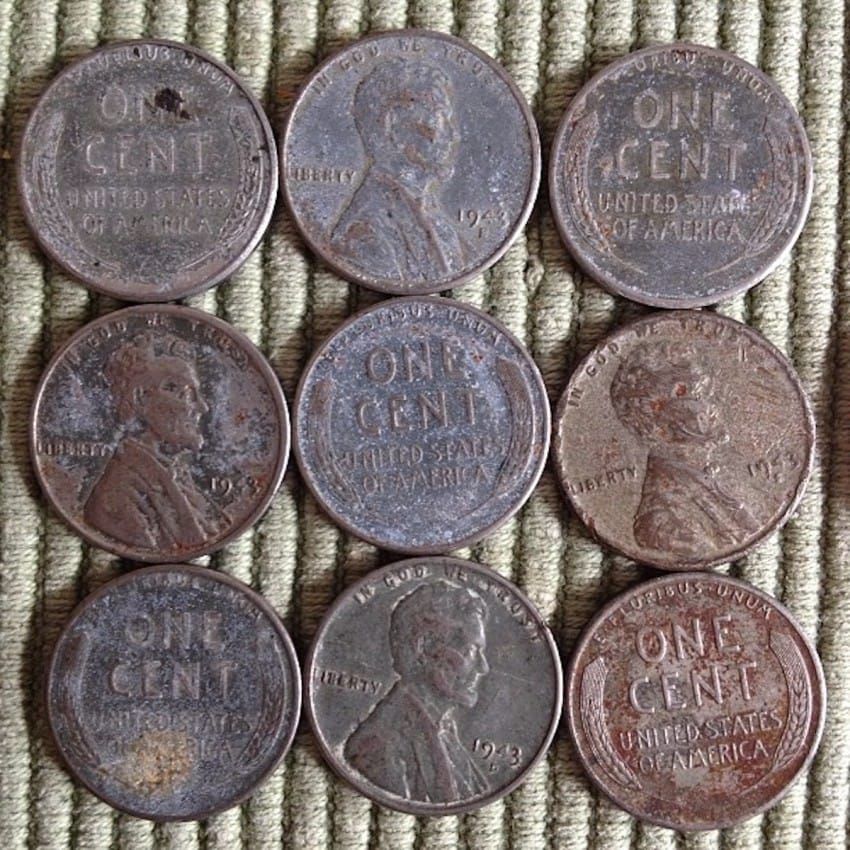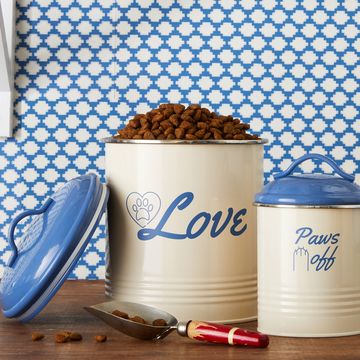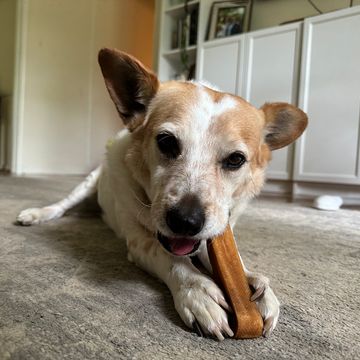Before you bring that spare change into the bank for a cash exchange, you might want to give your pennies a cursory glance. According to Little Things, there's one circulating — a relic of America's World War II era — worth a whopping $85,000.
Yep, you read that correctly. If you're surprised, we can't even imagine how Ben Franklin feels — turns out a penny saved could actually be a ton of pennies earned thanks to a copper shortage during the second World War. In 1943, American copper was strictly regulated on domestic soil since so much of the metal was sent overseas to support the war effort. For a limited time, the U.S. produced "pennies" from stainless steel, making any copper pennies that were accidentally minted in 1943 a type of metallic forbidden treasure.
To this day, copper remains valuable — in fact, the pennies that are made now are comprised, primarily, of zinc and are only covered with a veneer of copper. We made the switch over to zinc pennies in 1982, but before that (with the exception of one year), pennies were pure, cold copper. Considering that 1943 pennies are both rare and 100% copper, we're talking about some serious value.
Image via Flickr/P Lo
Whoever didn't get that no-copper memo in 1943 is now responsible for creating some of the most valuable coins in all of history. While a 1943 penny in "good" condition could earn you around $60,000, coin connoisseurs might pay upwards of $85,000 for the coin if it's in mint-condition. On the other end, think of damaged 1943 pennies as diamonds in the rough — you could still make a pretty penny, even if it's damaged.
Considering the coins' rarity, finding a1943 penny comes with some pretty low odds (you're much more likely to encounter a fake). But hey, I bet you'll never toss a penny into the family coin jar again without thinking twice — or at least not before checking the mint date first.
[h/t Little Things]















